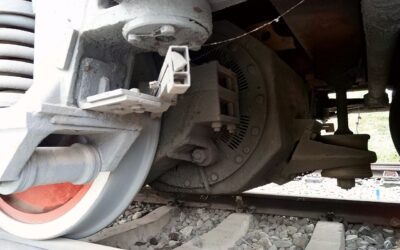Gorillas are known for their intelligence and gentle nature. In this post, we will explore the world of gorillas, learning about their physical characteristics, behavior, habitat, and diet.
About Gorilla:
Gorillas are big animals with black fur.
They live in the forests of Africa.
Gorillas are very strong and can weigh up to 400 pounds.
They eat fruits, leaves, and stems.
They have big eyes and long eyelashes.
A baby gorilla is called an infant.
Gorillas live in groups called troops.
They can make different sounds like grunts, barks and screams.
The leader of a troop is called the silverback.
Gorillas are very gentle and peaceful animals.
They can use tools, such as sticks to gauge the depth of streams.
They have a special thumb on their hand to help them hold things.
Gorillas are very good at climbing trees.
They can live up to 35 years in the wild.
They are considered as a symbol of strength and intelligence.
Gorillas are herbivorous animals and eat plants and fruits.
They have a keen sense of smell and hearing.
Gorillas are endangered species and their population is decreasing.
They play an important role in their ecosystem and help to spread seeds and maintain balance in their environment.
It is important to protect gorillas and their habitat for future generations.





0 Comments